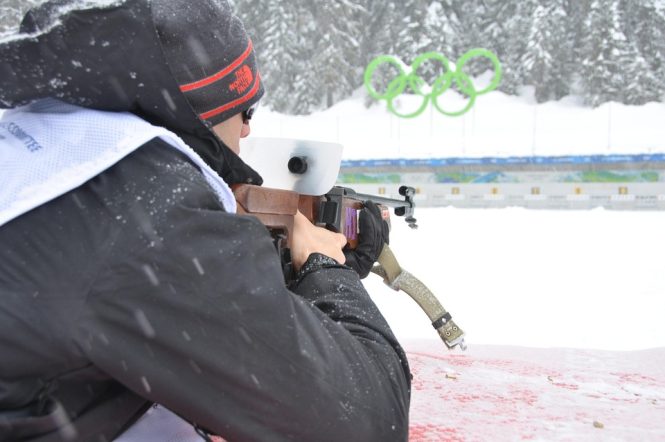
The Thrilling World of Biathlon: Combining Skiing and Shooting Precision
Biathlon, a winter sport that requires a unique combination of endurance, speed, and precision, has been captivating audiences for decades. This exciting discipline, which combines cross-country skiing and target shooting, demands athletes to possess a rare blend of physical and mental skills. In this article, we’ll delve into the world of biathlon, exploring its history, rules, and what makes it one of the most thrilling winter sports.
A Brief History of Biathlon
The concept of biathlon dates back to the 19th century, when Norwegian soldiers would compete in a event that involved skiing and shooting. However, the modern version of biathlon as we know it today emerged in the 1960s, with the first World Championships held in 1958. The sport made its Olympic debut at the 1960 Winter Games in Squaw Valley, California, and has since become a staple of the Winter Olympics.
The Rules of Biathlon
A biathlon competition typically consists of a series of events, each with its own unique format. The most common events are the sprint, pursuit, individual, mass start, and relay. Athletes ski through a challenging course, stopping at designated shooting ranges to fire at targets with a .22 caliber rifle. The shooting ranges are usually 50 meters away from the athlete, and they must hit five targets in each shooting session.
The rules of biathlon are designed to test an athlete’s endurance, agility, and marksmanship skills. In the sprint event, for example, athletes ski a 10-kilometer course, stopping twice to shoot at targets. Each missed shot results in a penalty, which can be a significant disadvantage in a sport where seconds count.
The Physical and Mental Demands of Biathlon
Biathlon athletes must possess a unique combination of physical and mental skills. They need to be skilled cross-country skiers, with the endurance to navigate challenging courses and the agility to quickly transition from skiing to shooting. At the same time, they must be precise marksmen, able to focus and calm their nerves under pressure.
The physical demands of biathlon are evident in the athlete’s heart rate, which can soar to over 200 beats per minute during intense skiing sections. The mental demands, however, are just as significant. Athletes must be able to manage their nerves and focus on the task at hand, even when faced with the pressure of competition.
The Equipment and Techniques of Biathlon
Biathlon athletes use specialized equipment, including skis, boots, and rifles. The skis are designed for speed and agility, while the boots provide support and stability. The rifles, which are .22 caliber, are designed for precision and accuracy.
Athletes use a variety of techniques to improve their shooting accuracy, including breathing exercises, visualization, and muscle relaxation. They also use specialized shooting positions, such as the prone and standing positions, to stabilize their rifles and improve their aim.
The Thrill of Biathlon Competition
Biathlon competitions are thrilling events that showcase the athleticism and skill of the world’s top biathletes. The sport is known for its unpredictability, with athletes often experiencing dramatic swings in fortune due to equipment failures, weather conditions, or simple mistakes.
The pursuit event, for example, is a high-intensity competition that involves athletes skiing in pursuit of each other, with the goal of catching up to the leaders. The mass start event, on the other hand, features a pack of athletes starting together, with the first athlete to cross the finish line declared the winner.
Conclusion
Biathlon is a unique and exciting winter sport that combines the physical demands of cross-country skiing with the mental challenges of target shooting. The sport requires a rare blend of endurance, speed, and precision, making it one of the most thrilling and unpredictable events in the Winter Olympics. Whether you’re a seasoned athlete or a casual fan, biathlon is a sport that is sure to captivate and inspire, with its combination of action, drama, and suspense.